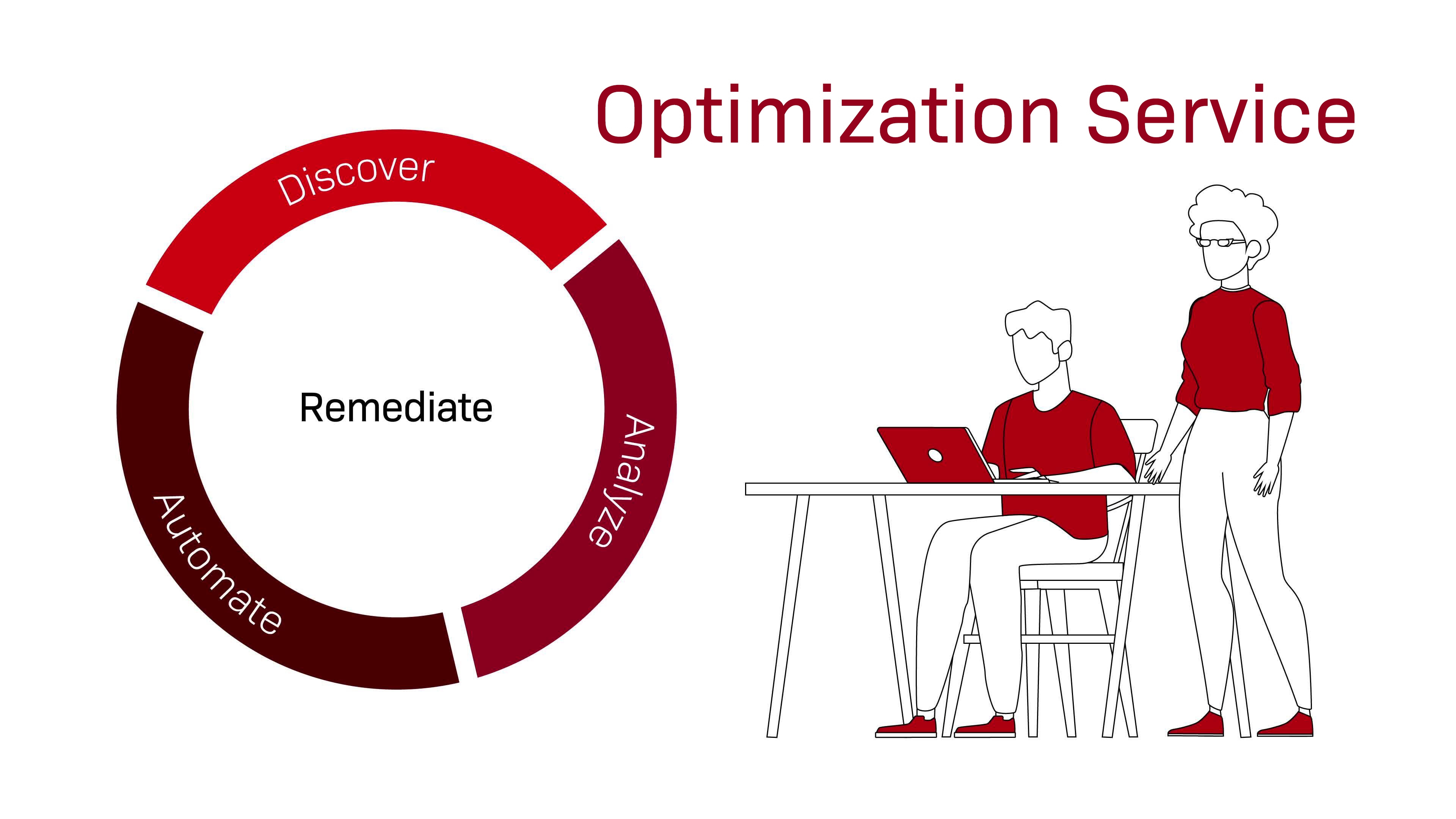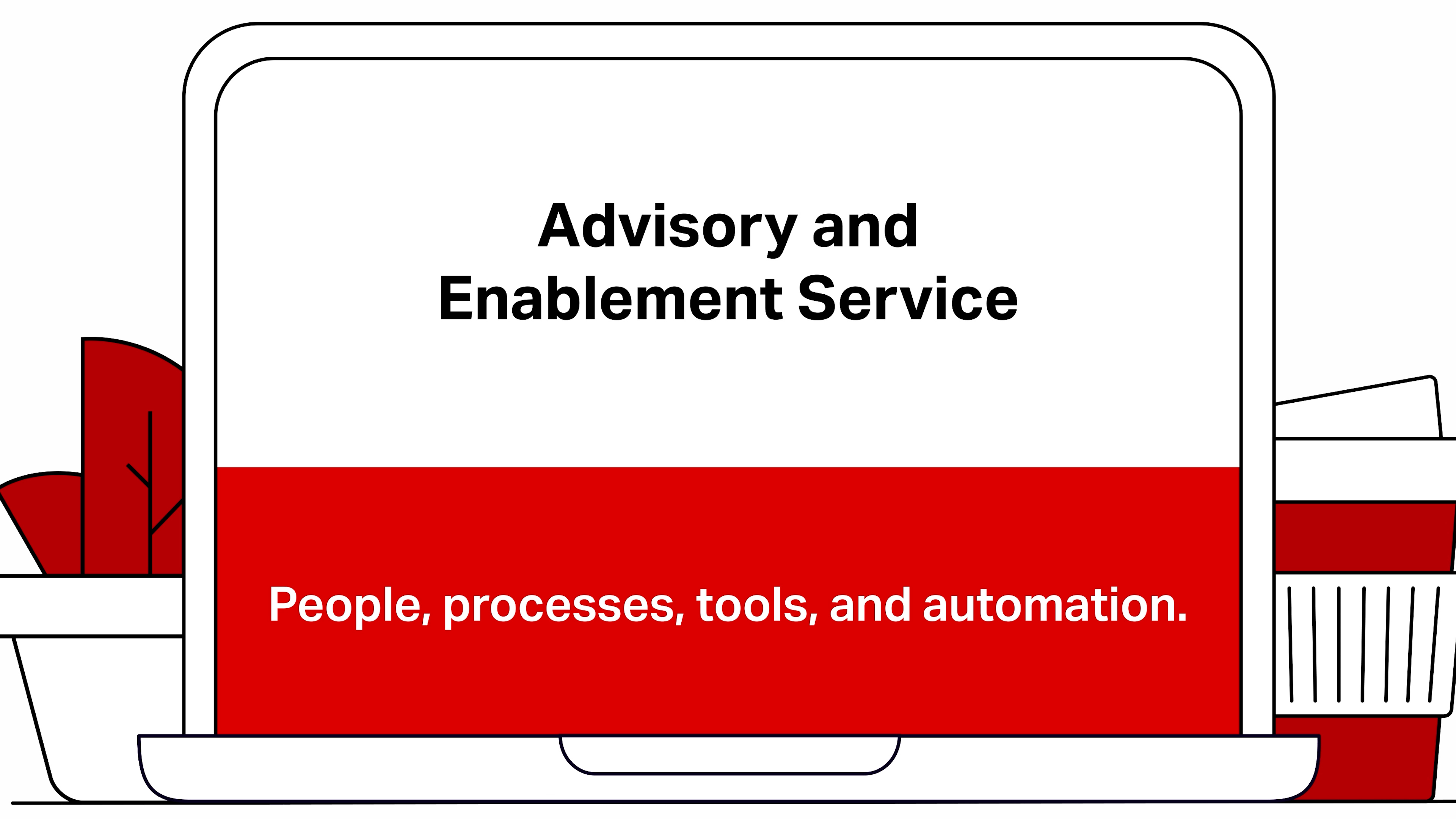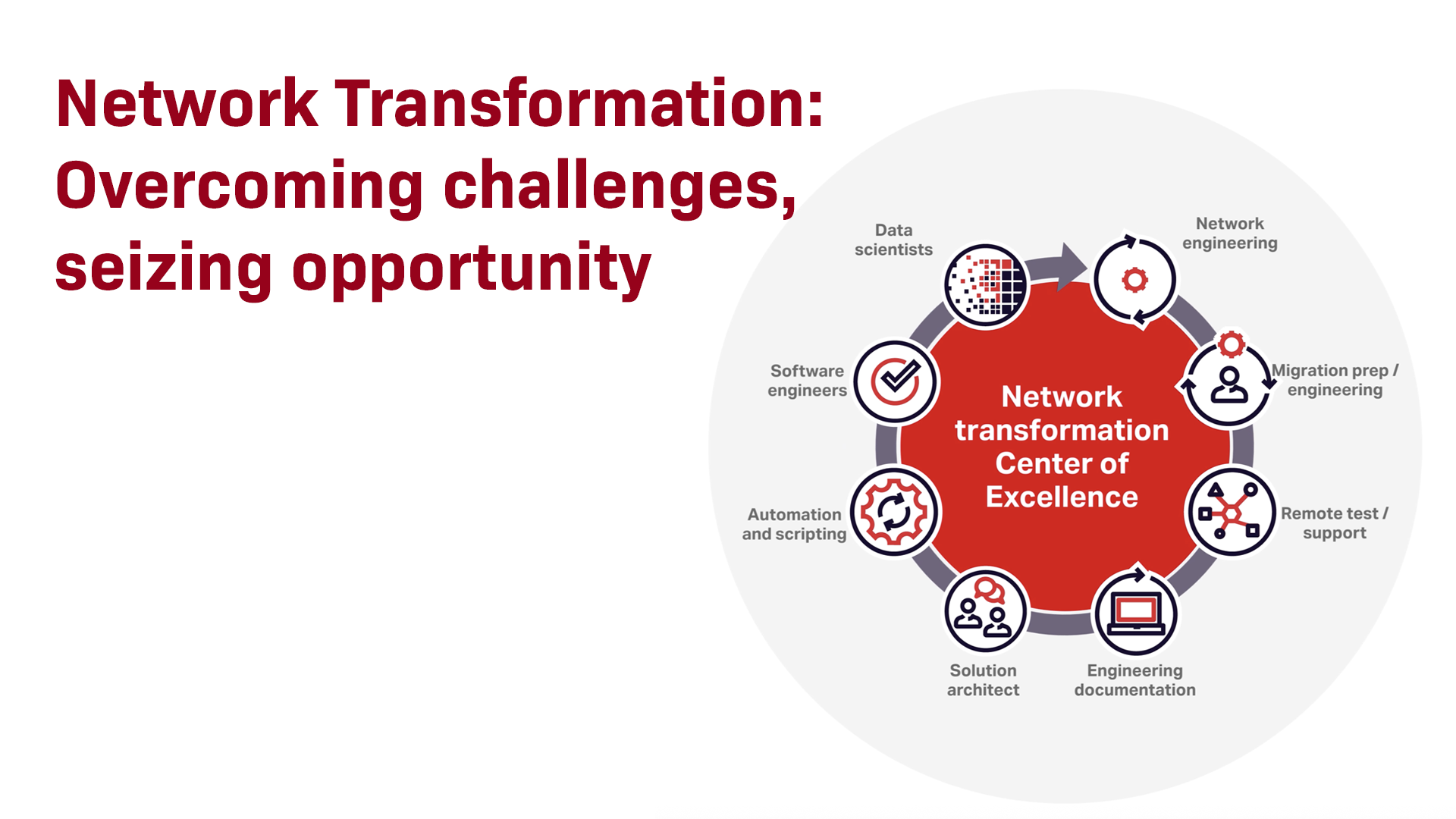Top 6 attributes to look for when selecting a transformation partner
 Chris Antlitz is a principal analyst in TBR’s Telecom Practice. Chris oversees and contributes to the Telecom Practice’s syndicated research portfolio and custom project work. He leverages over 14 years of analytical experience to lead the Telecom Practice’s research agenda as well as provide critical insight and analysis to syndicated and project work.
Chris Antlitz is a principal analyst in TBR’s Telecom Practice. Chris oversees and contributes to the Telecom Practice’s syndicated research portfolio and custom project work. He leverages over 14 years of analytical experience to lead the Telecom Practice’s research agenda as well as provide critical insight and analysis to syndicated and project work.
Chris covers the global telecom vendor and operator ecosystem and all major trends in the space including, but not limited to, developments in NFV, SDN, edge computing, digital transformation, IoT, private cellular networks and 5G. He also covers the hyperscaler market, particularly the pursuits of the Big Nine hyperscaler companies (i.e., Alphabet, Amazon, Apple, Meta, Microsoft, Rakuten, Alibaba, Baidu and Tencent) in the digital space.
This is the fifth post in a blog series. See Chris’ other posts on transformed optical infrastructure, crossing the chasm from legacy to modern networks, time-division multiplexing (TDM) migration, and navigating vendor equipment swaps.
Communication service providers (CSPs) operate within a constant state of change. From needing to cost-effectively support the unrelenting increase in network traffic to complying with government mandates to looking for ways to improve margins and business agility, CSPs at any given time face challenges that require some form of transformation. Fortunately, there are many historical examples of CSPs successfully overcoming such challenges. These learnings can be translated into best practices.
Most network transformations are driven by one or a combination of the following needs:
- Increase bandwidth (e.g., upgrade to next-generation technology)
- Improve costs (e.g., automation, space, and power optimization)
- Reduce risk (e.g., replace old, downtime-prone equipment)
Undergoing a network transformation is typically complex and carries risks, but common themes emerge when analyzing successful projects. Typically, CSPs will bring in a third-party services partner to assist with or completely handle the transformation project end to end. Entrusting the transformation aspects to these partners enables the CSP to focus on its core business operations. Given the high degree of risk inherent in transformation endeavors, it is imperative that CSPs select partners that meet certain characteristics to ensure successful project outcomes.
TBR has identified six key partner attributes that have been historically linked with network transformation success:
1. Proven Track Record
Look for a partner who has deployed and transformed many networks over a number of years. It is a good sign when a vendor obtains repeat business from its customers, especially after transformation-related engagements.
2. Subject Matter Experts
Look for a partner who has a broad and deep pool of subject matter experts covering all key network layers and domains and that has experience with multiple vendors’ gear (multivendor). It is a good sign when the vendor commits to working closely with the customer’s internal management and teams through every step of the transformation.
3. Comprehensive Approach
Look for a partner who takes a holistic view of the customer’s network as well as the customer’s business objectives and business case and how these different areas are interlinked. It is a good sign when the vendor considers and pulls these different aspects together into a cohesive plan.
4. Established Methodology
Look for a partner who has a formalized transformation methodology that it applies to transformation projects. The methodology should include the following steps:

It is a good sign when customer reference cases show the management of large-scale, complex network environments.
5. Demonstrated Tools, Process, and Automation
Look for a partner who employs specialized and customizable tools that employ data and analytics throughout the transformation project. These tools should be leveraged to inform and validate the approach and to measure progress. This includes the creation of a master database that provides a single source of truth pertaining to the project. Subsequently, look for how the vendor leverages automation using the single source of truth to create the right solution for the customer. It is a good sign when the vendor can demonstrate how it can improve KPIs at a lower cost and lower risk compared to manual implementation.
6. End-to-end Responsibility
Look for a partner who is willing and able to assume responsibility for the entire project, from beginning to end. The vendor should also be willing to flex its offering to do as much or as little of the project as the customer requires. It is a good sign when the vendor automatically offers end-to-end responsibility because it indicates confidence and credibility.
History has proved that vendors that embody these six attributes are best able to deliver transformative outcomes that achieve “hoped for” results for customers. CSPs are encouraged to assess partners based on these six attributes during their review process. As part of this due diligence, it is important for CSPs to look below the surface to ensure the vendor’s claims and marketed attributes are verified. Asking objective questions and requesting customer references are good ways to test claims to ensure partner validation. Incorporating these steps into the RFP is a key way to ensure these selection criteria are met.
One services vendor that has a proven track record with network transformations is Ciena. The vendor has fine-tuned its methodology toward network transformation over the years and employs all the key attributes inherent in successful network transformations, from the strategy phase through project closure. A series of case studies in which Ciena provided CSPs with successful outcomes are available as customer references.
All CSPs face the persistent challenge of navigating change. Some form of transformation is usually the solution to these challenges, but ensuring the transformation achieves the desired outcomes poses a challenge in and of itself. CSPs that have successfully navigated large-scale network transformations have typically relied on the help of trusted services partners. Services partners that leverage all the key elements of transformation into a cohesive approach have been able to help their customers achieve the desired results.
The path to achieving network transformation success does not have to be an enigma.








